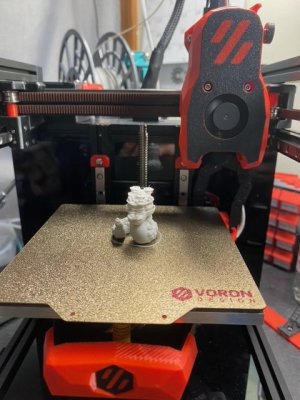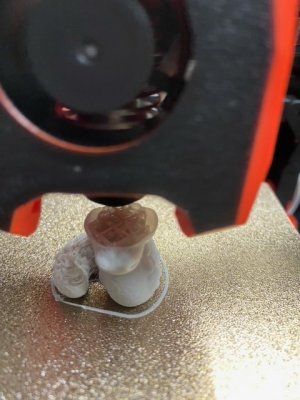Makes you wonder how they can get it so wrong if they are all copying the same code
I think the answer ultimately comes down to who is paying for the development and what they want out of it.
There was a time when the open source slicers were "good enough", but commercial products like Simplify3D were just miles ahead. So far ahead that people were willing to pay $150-200 instead of using the free open-source options. Likewise, companies like Ultimaker had full control of the hardware+software experience, to great benefit, but others like Prusa did not... so Prusa's fork of Slic3r was a logical (and smart) thing to do to "level up" to match their competition in that regard.
But at the end of the day, Prusa is a conservative company. They were known for being not the first, not the fastest, and not the cheapest, but the proven/reliable choice. And their decisions for software features reflected this - letting many major features be developed and refined in other projects before considering them for incorporation. (For example, Organic/Tree supports, the Arachne perimeter generator, fuzzy skin, lightning infill, ironing/neosanding, etc, are all features that Cura or other slicers had before PrusaSlicer.) Don't get me wrong - Prusa's support for the Slic3r-based projects has been huge, and very much appreciated. But they have no interest in being on the bleeding edge. Nor do they have any real interest in adding features that don't add distinct value to those with Prusa printers.
So this leaves a wide open hole for projects like SuperSlicer to fill. If you want something open source to contribute to, that is leading edge, but isn't beholden to a particular printer manufacturer, that's where you go... and SuperSlicer gained a lot of momentum from that. But then they just... stopped releasing updates.... And about this same time, Prusa buried themselves in the XL fiasco, while also launching the MK4, while simultaneously breaking both their slicer and the other firmwares for their mainstream printers in a Hail Mary attempt to increase print speeds to stave off the bleeding caused by BambuLab's excellent showing. And ever since, Prusa has been on the back foot, being consumed with critical bugs and unnecessary regressions of their own causing. I wouldn't say it's their "Osborne" moment, but they really did do a lot of damage to the brand and reputation by pre-announcing before availability, and then releasing before readiness.
So then... Bambu is here with another "just works" offering that brings neat new features, but is for good reasons tailored for their specific machines and objectives... but SuperSlicer is stagnant, Prusa is in complete disarray, and Simplify3D destroyed their standing by taking years between updates. Re-basing the
community momentum off of Bambu Studio (in the form of Orca Slicer) instead of Prusa is again another logical choice at the time.
The only major kink now is that SuperSlicer appears to be back - perhaps too late for the many who have switched to Orca - and perhaps so incredibly far behind that it will take quite a while to even come up to parity again. There are also rumors about who is funding that return - and what effects SuperSlicer being steered by a printer manufacturer will have on the development choices. Time will tell - but at least this is happening via Open Source, and out in the open, so that we have the opportunity to make these direction changes when needed.





